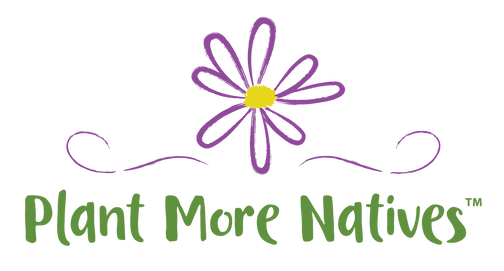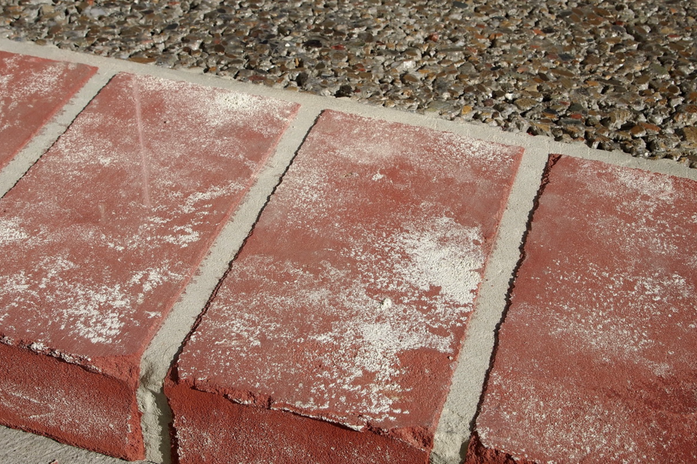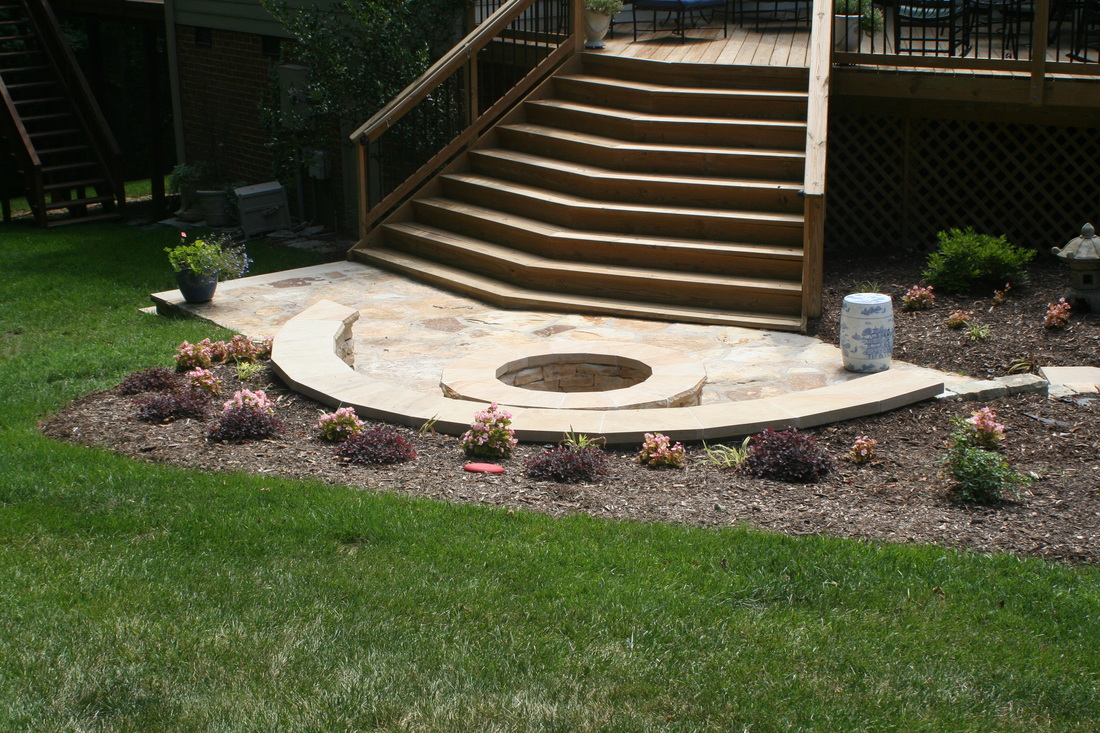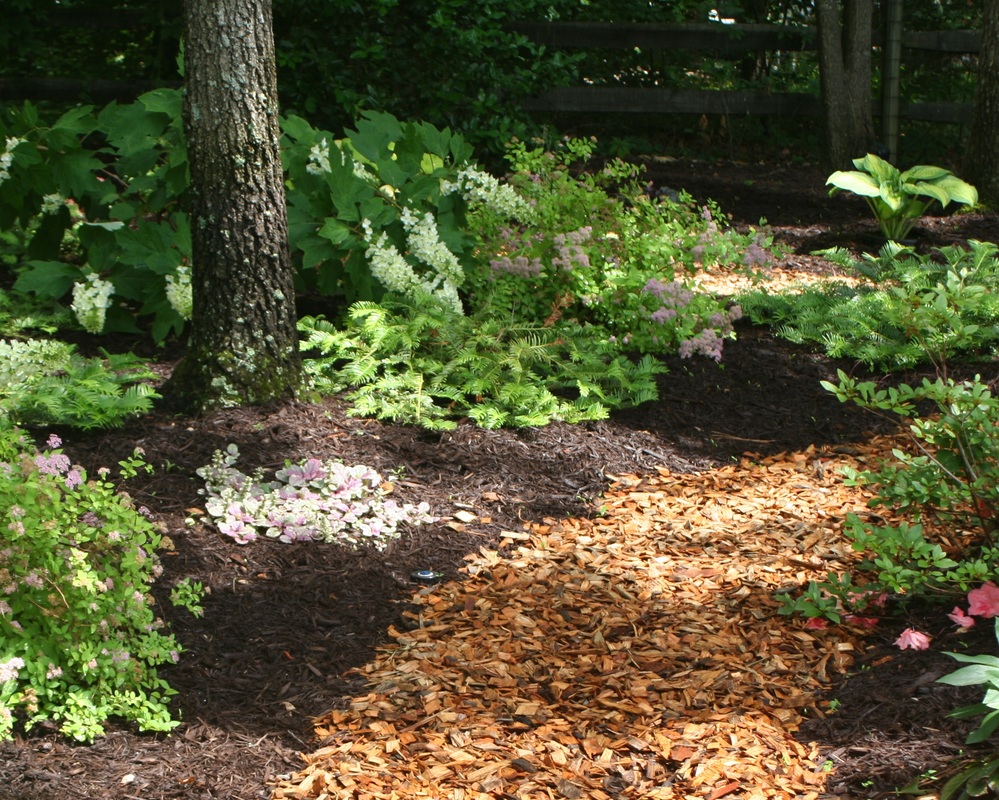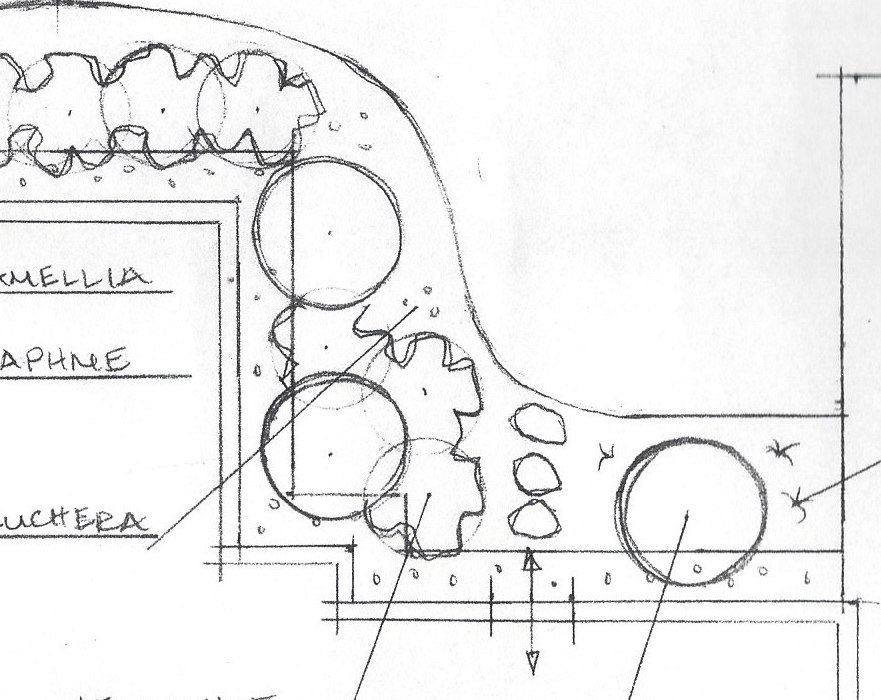|
Different types of transitions demand different widths. As with all other aspects of landscape design, this part of the planning process drills down to a question of function. What is the purpose of the transition? Does it lead to the front entrance of the house, through a backyard wooded area or to a crawlspace used as storage? Unfortunately, most front entrance walks are standard builder-grade and too narrow. They should be wide enough for you and your guest to walk comfortably side by side, not single file. Shoulder width is about 24-inches, so the front walk should be at least 4' wide. To widen an existing walk, consider adding flush pavers or brick on both sides. This not only improves function, but can add a beautiful detail to an otherwise plain landscape element. Fence gates and deck steps are usually 4-feet wide. If the budget allows, consider increasing these entrances to 5-feet or greater to provide a grand welcoming appearance. A path through a garden or wooded area should be no less than 2.5' to 3' wide. This enables one person to stroll comfortably without feeling as if they might stumble off the path. I frequently draw sweeping lawn lines without breaking for a gate, door, or steps. This provides the opportunity for large stepping stones and passage through the garden. Along with the sizing of patios and decks, bigger is almost always better. So err on the side of wider when planning for transitions between outdoor spaces.
|
Welcome to my journal. For over 20 years I've created original landscape plans to help homeowners increase property value and really enjoy their yards. I approach every project as an unique opportunity to develop a work of living art, one that will require minimal care and age beautifully with time. In this journal, I will share some of my field experiences and tricks of the trade with you. Feel free to email questions. Thanks for visiting.
Archives
February 2019
|
